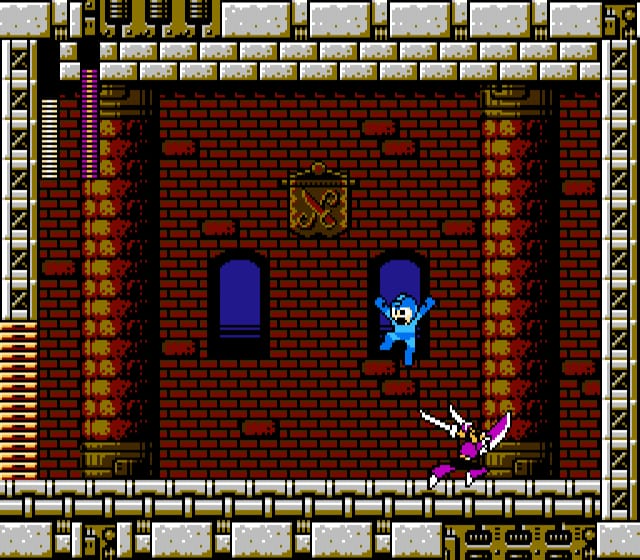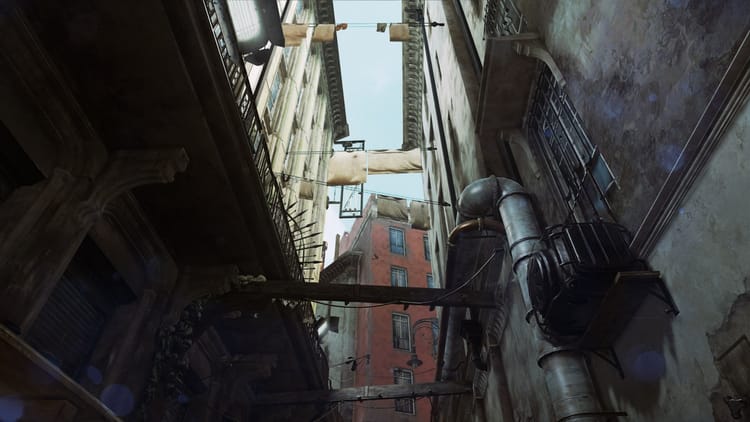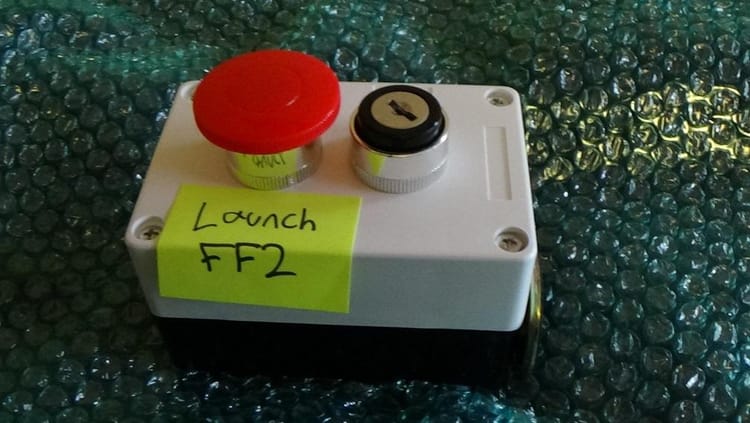Mega Man, in love and death

I get why Mega Man fans are insatiable. Even after 10 games to the main series’ and at least double that if you include spin-offs and variations, it wasn’t enough for me as a child. I remember browsing the game rack at Bonanza Video and being unable to taper the thirst for more of the series’ Robot Masters. It didn’t matter if I could actually beat any of the Robot Masters, those meat shields made of metal for the nefarious Dr. Wily. I’d have my ass handed to me by every Frog, Skull, and Air Man. I just wanted to see more and more robots themed like an airport restaurant.
I’m not a Mega Boy anymore, who lives a carefree life where school bridged weekend game rentals. I’m a Mega Man, who has to worry about money, worry about tomorrow, and spend a considerable less amount of time concerning myself with what an evil light bulb with eyes and arms would look like. But playing Capcom’s new Mega Man Legacy Collection, having moved passed the Robot Master addiction, makes it easier to see what actually made Mega Man the cornerstone of bygone games.
MEGAMAN: THE CORNERSTONE OF BYGONE GAMES
It’s not about the Robot Masters. It never was. They’re tough, until you clue into their Achilles’ heel—weapons nabbed from other Robot Masters—and then you just need to line them up like dominos. By design they are declawable. I realize now that it’s about all the robots. The big robots and the little robots. The mass produced goons and the mid-level one-offs. It’s about the death traps and the spikes and the left fielders. It’s about all the grievances that’ll bash Mega Man into lil’ scraps like he’s living in the layer of hell closest resembling “Grape Escape” in order to put a stop to Dr. Wily’s umpteenth rampage.
In 2011 Arin Hanson, aka Egoraptor, before becoming the GameGrump phenomen, got the web’s attention with a 20-minute illustrative/sarcastic video on how Mega Man X’s (1993) prologue organically introduces players to X’s new skillset. The video brushes over how the same design tactics were included in the NES games, like seeing the moving platforms that try to dump you towards a certain death in Guts Man’s stage before getting “gotcha’d,” but ultimately floating off to shout about X’s intro. It’s key to acknowledge the culmination of these challenges and how, unlike most games, it isn’t the final boss.

The semiotics of videogame enemies are usually what separates the good games from the iconic. Mario’s foes have some unique quirks but retain obvious visual cues: turtles leave behind shells, ghosts can move through walls, and flat nub-footed mushroom monsters side-step like duende. Mega Man’s foes throw a lot more curveballs. And fireballs. And plasma beams.
For example, the first thing you think of upon encountering a giant blue dog probably isn’t that it’s about to spew a stream of fire that curves upwards, but that’s exactly what a hound in Wood Man’s stage does. There’s a rabbit robot that hops and throws tiny carrot missiles. Sure, there’s a cartoon logic to that. But when a bird drops an egg that doesn’t unleash a single tinier bird but, instead, a swarm of gnat-sized chickadees, that’ll keep you frosty. The Mega Man games are a death trap boy’s Electrical Parade, a steady drip of magical machines each with their own tricks. As Hanson noted, you almost always approach them the first time in some kind of safe environment, a hallway or a distance where their first attack cycle won’t graze you, but it’s where things escalate from there that earns my love.
THE SEMIOTICS OF VIDEO GAME ENEMIES ARE USUALLY WHAT SEPARATES THE GOOD GAMES FROM THE ICONIC
The Battons are one of the most iconic Mega Man goons, appearing in almost every game from Mega Man 2 (1988) onwards. They’re also pushovers, one-hit wonders that lower their defences and swoop down once you are in range. Two are easy. Three are hard. Three is something to worry about. The rate of Mega Man’s fire can’t handle three Battons as gracefully, and what was once just a googly-eyed bat is now a flying deathtrap, assuming they aren’t also accompanying a different deathtrap.
Those spring-a-mabobs, those Mets, those piles of barrels. You can crush them the first time, but the machines are learning, they evolve. They’ll wait for you to jump over spikes or surf flying platforms to nudge you off. They’ll wait for you to climb ladders in narrows. They gang up and learn to drive. Learning their attacks is only the first step, not dying is the next. The Robot Masters have the luxury of only being fought once.
Header image via Flickr.



